As the year draws to a close, it causes me to reflect on the blessings received this past year. The year offered many opportunities, but the ones that I am most thankful for are those that allowed me to serve others. I have finally come to the realization that my acts of service will not save the world. Such work is best left to the young; my actions, at best shine a little light into the darkness of someone’s day. Heck, that’s not so bad!
During the past year, I volunteered a couple of hours each week at our local food pantry restocking the shelves. The job requires less of the mind, but a strong back is most helpful. I arrive hours before the pantry opens it’s doors for distribution so I never see those who receive the food. My reward for a job well done is to return a few day later to restock and replenish the nearly barren shelves. The cycle seldom changes!
I also had the opportunity to serve home-bound senior citizens by delivering for meals on wheels. Once again it’s a very simple task, you arrive at a person’s house and hand them a meal. Sometimes they complain because you are either early or late but then you can never please everyone! I am especially thankful for Mrs. Smith, she knows me only by the sound of my voice because she is totally blind. Despite this, she never fails to greet me with a smile and kind words of thanks. Her smile is better than any pay check I ever earned.
Finally, I was thrilled to serve at the maritime museum as a docent; during the past year, I hosted seventy-one tours which included numerous children’s educational programs. The opportunity for service allowed me to meet people who visited from forty-six of our United States. It never ceases to amaze from how far and wide people travel to visit our little corner of the world. I am also honored and very grateful for three of my fellow docents: Mr. Ed, Carol, and Marianne. Together, these guys made serving at the museum a real blast!
As I sit and reflect, I eagerly await the opportunities that 2011 will bring.

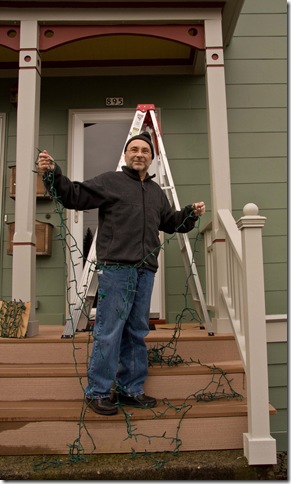
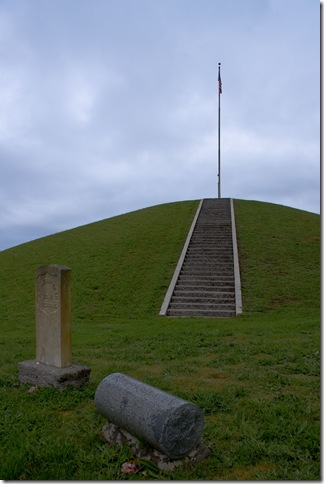
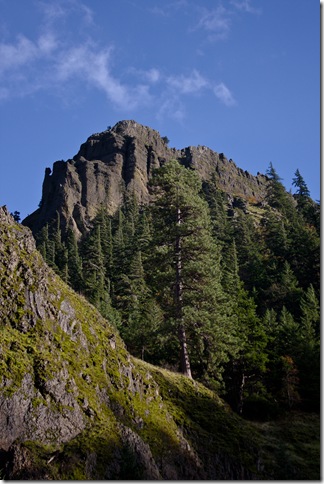
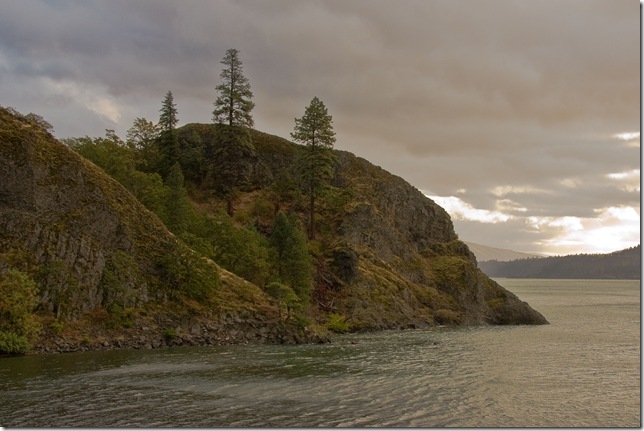

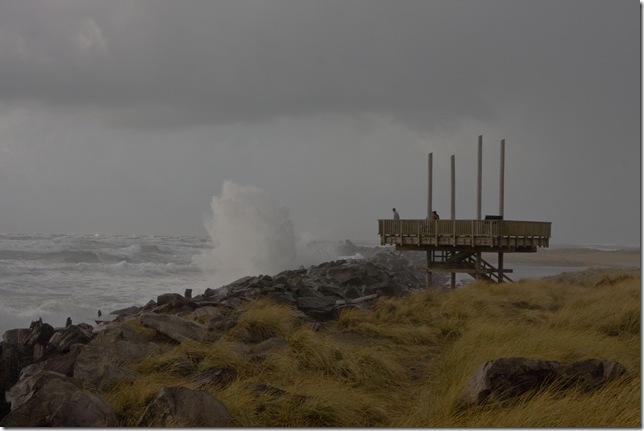
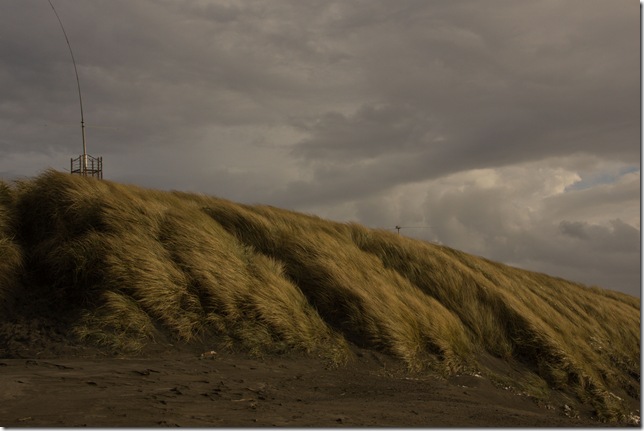
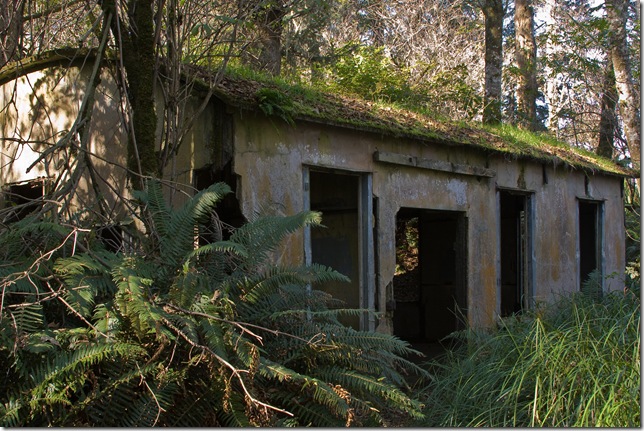
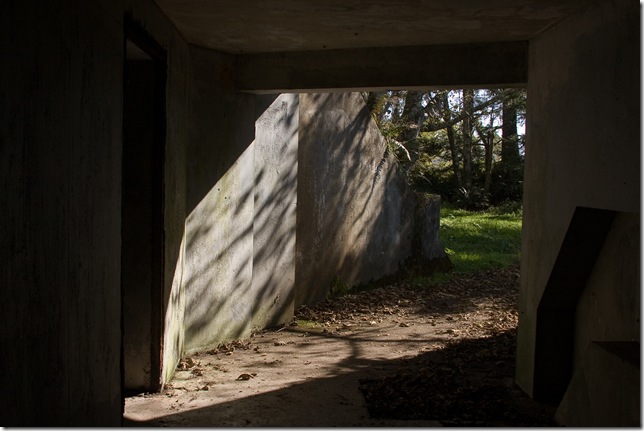
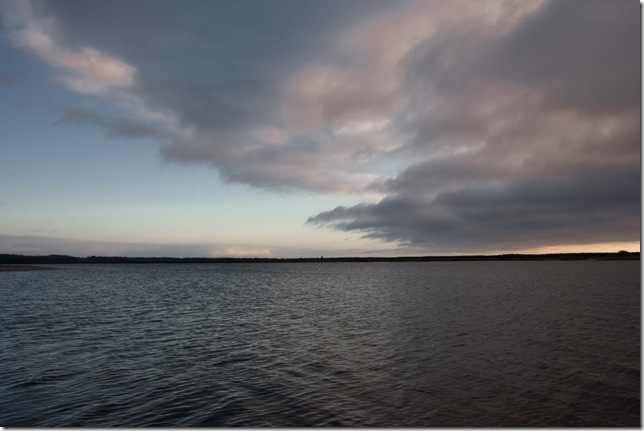


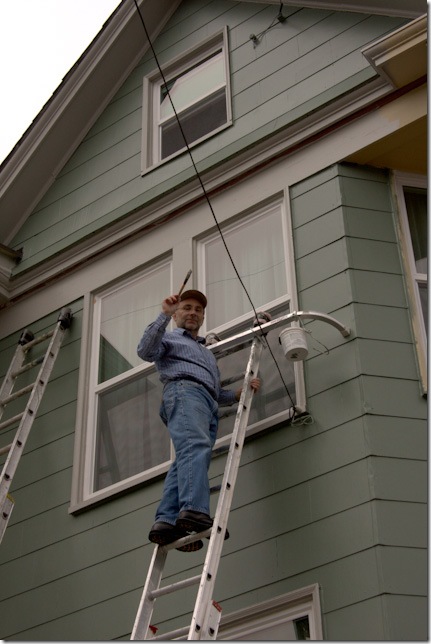
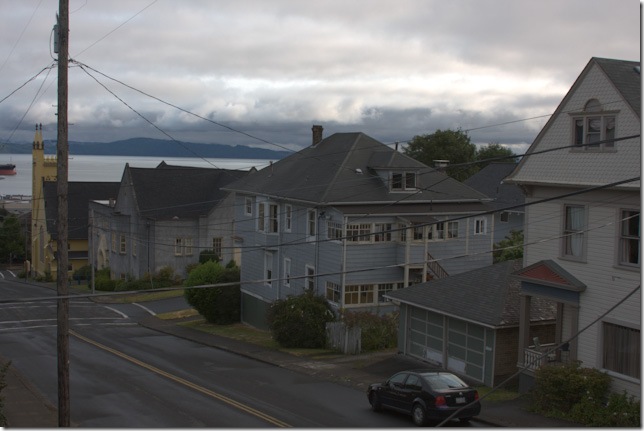

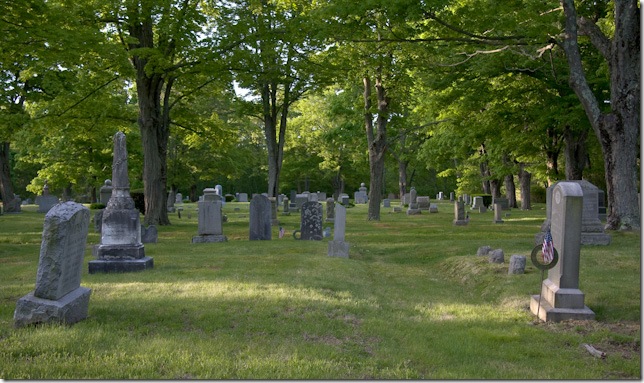
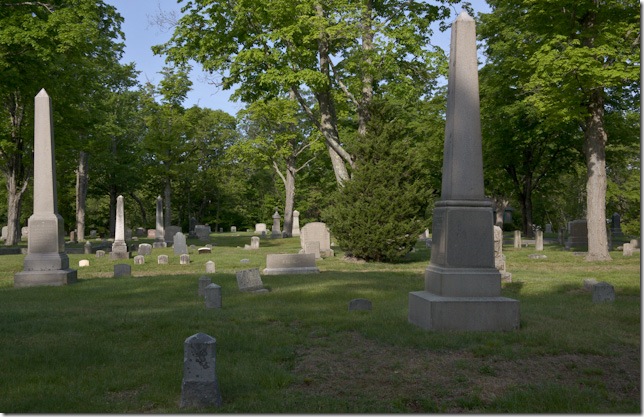
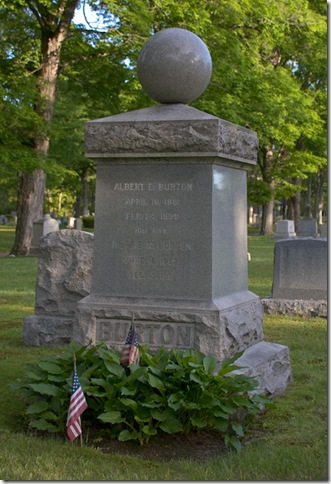
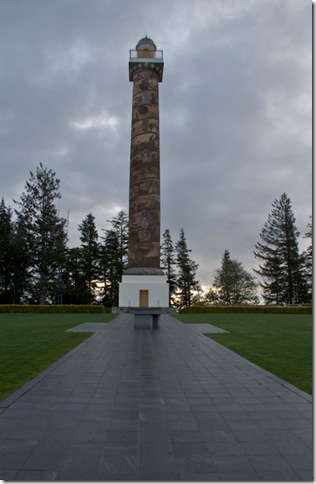
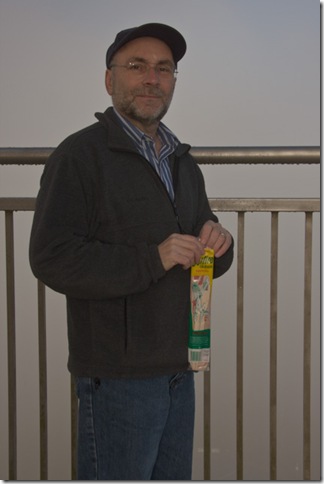

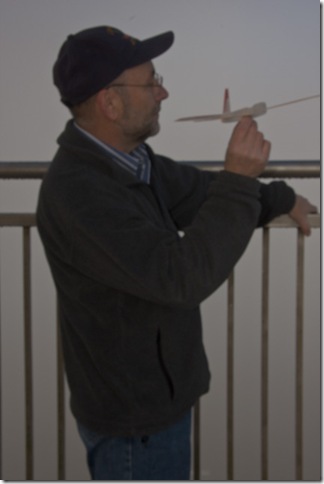

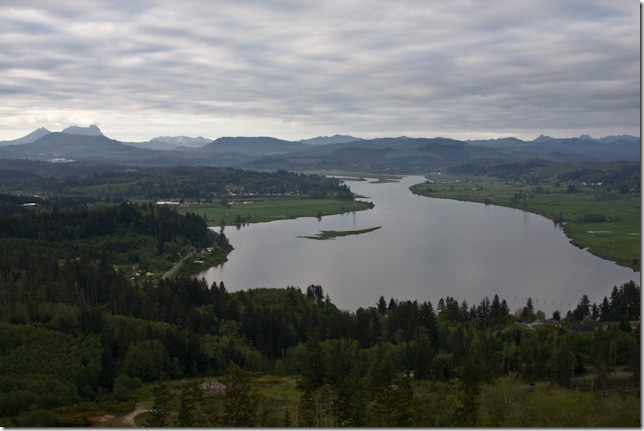
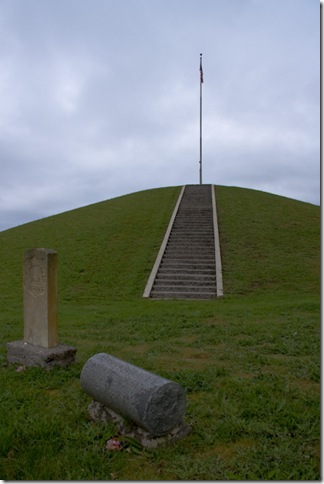


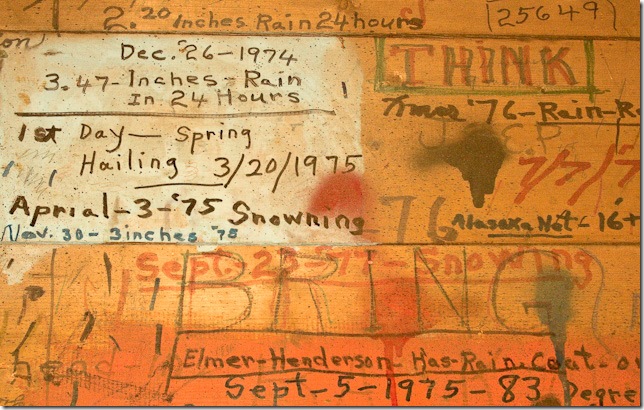




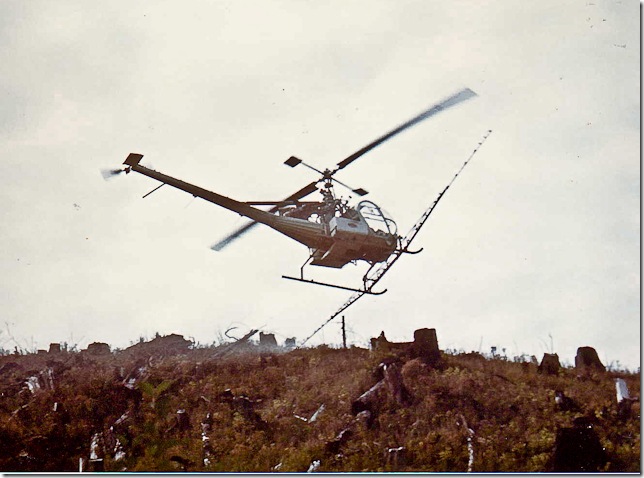

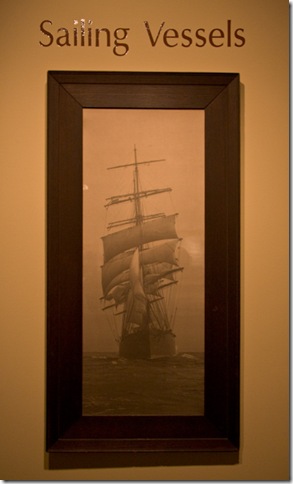
.jpg)